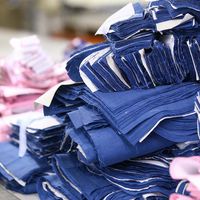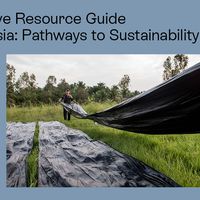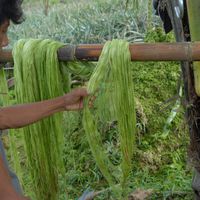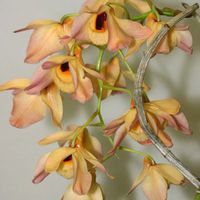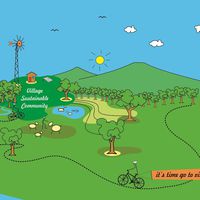About Linen: A European Fiber... Processed in China

In 2017, culture360 invites you to get an insight on issues that are highly discussed in the cultural sector across Asia and Europe.
Through a number of in-depth articles and interviews, Magali An Berthon will focus on inspiring projects and personalities which make their mark on society through cultural and eco-conscious innovating initiatives.This diagram follows the trail of linen fiber production from seeds to textile. This chain of production also embodies the globalization of textile production crossing continents, between Europe and Asia.
Flax fibres obtained from the stems of the plant Linum usitatissimum are used mainly to make linen. This production represents only 1% of the world natural fiber production. More than 70% of linen goes to global clothing manufacture. Fine and regular long flax fibers are spun into yarns for linen textiles. 90% of flax harvest goes in spinning factories.
In Europe the leading producers of flax fiber are: France, Belgium, and the Netherlands.
The total area dedicated to flax cultivation for fiber is estimated at around 120 000 ha in Europe.
France is the largest flax producer in quantity whereas China produces less quantity on the largest surfaces. China is a major buyer of raw flax for processing, with imports of 60 000 tons a year, including most of European flax fibers.
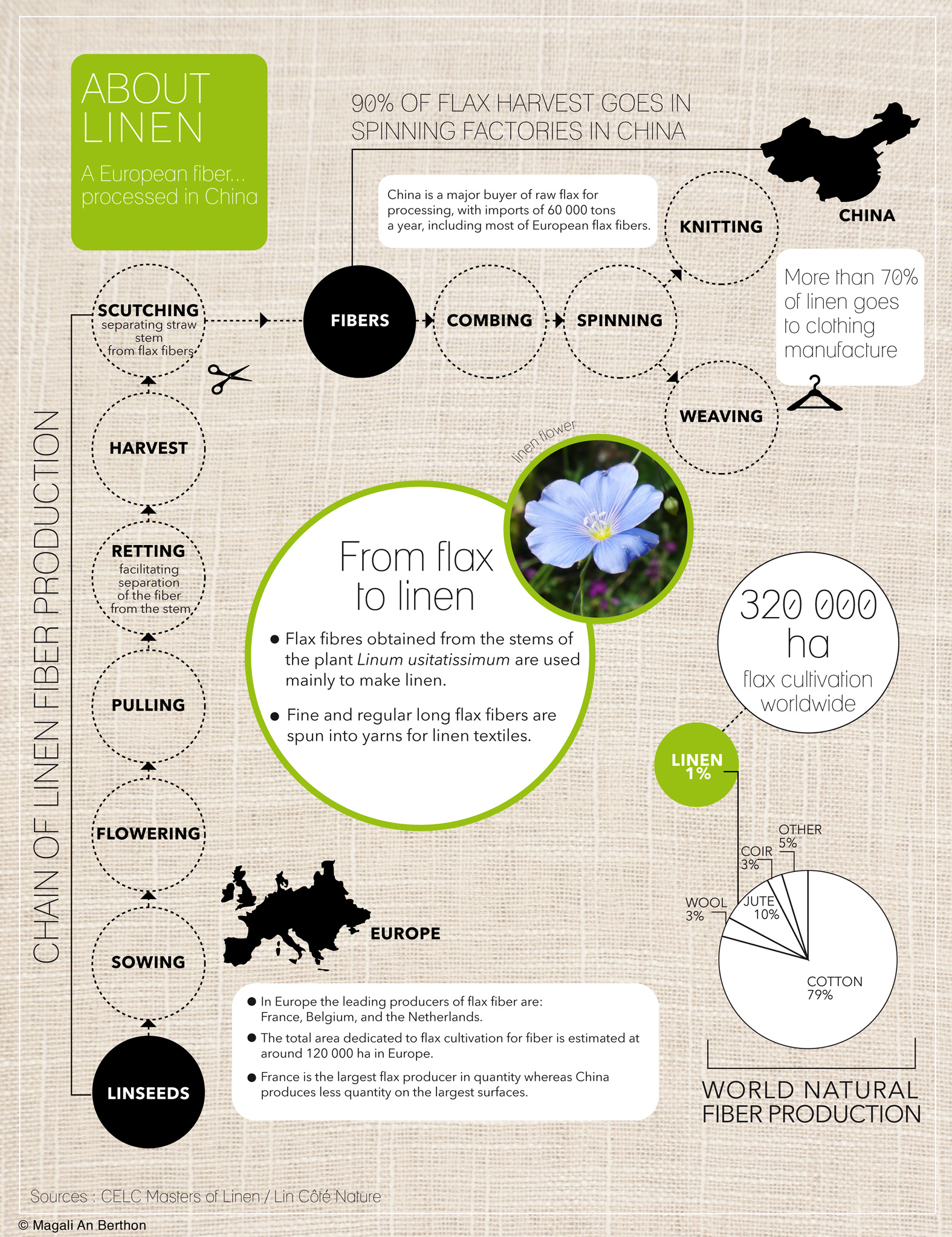
Magali An BERTHON is a French Vietnamese textile designer and editor based in Paris. Graduate of the National School of Decorative Arts in Paris, she has gathered a valuable experience as a textile designer for fashion and home collections. She finds inspiration in her many travels especially in South-East Asia and has developed a deep interest for ethnic arts & crafts, natural fabrics and dyes. In parallel, she works as a writer and documentarist specialized particularly on textile know-how from all over the world.
Similar content
30 May 2016
10 Aug 2022
28 Nov 2016
03 Jul 2017
16 May 2014
22 May 2017

